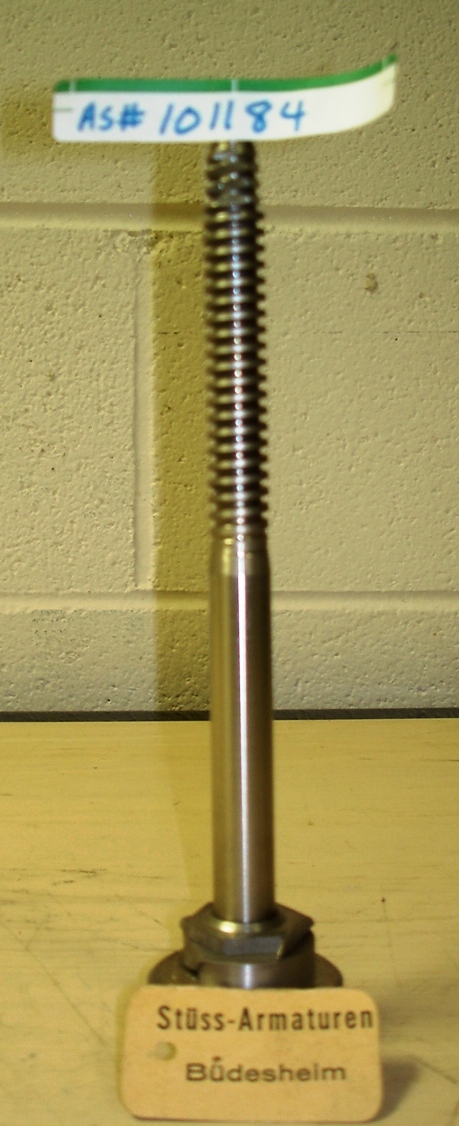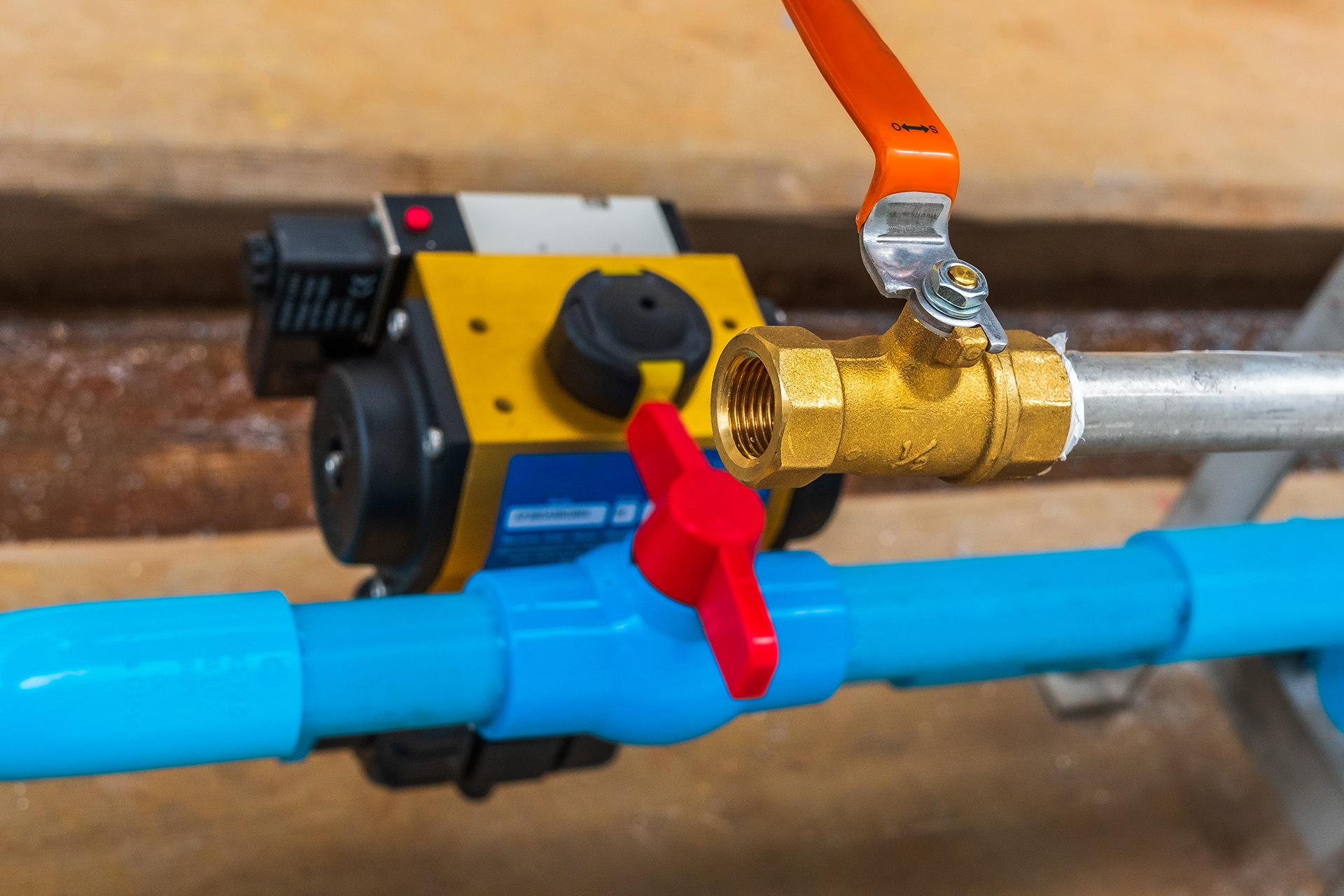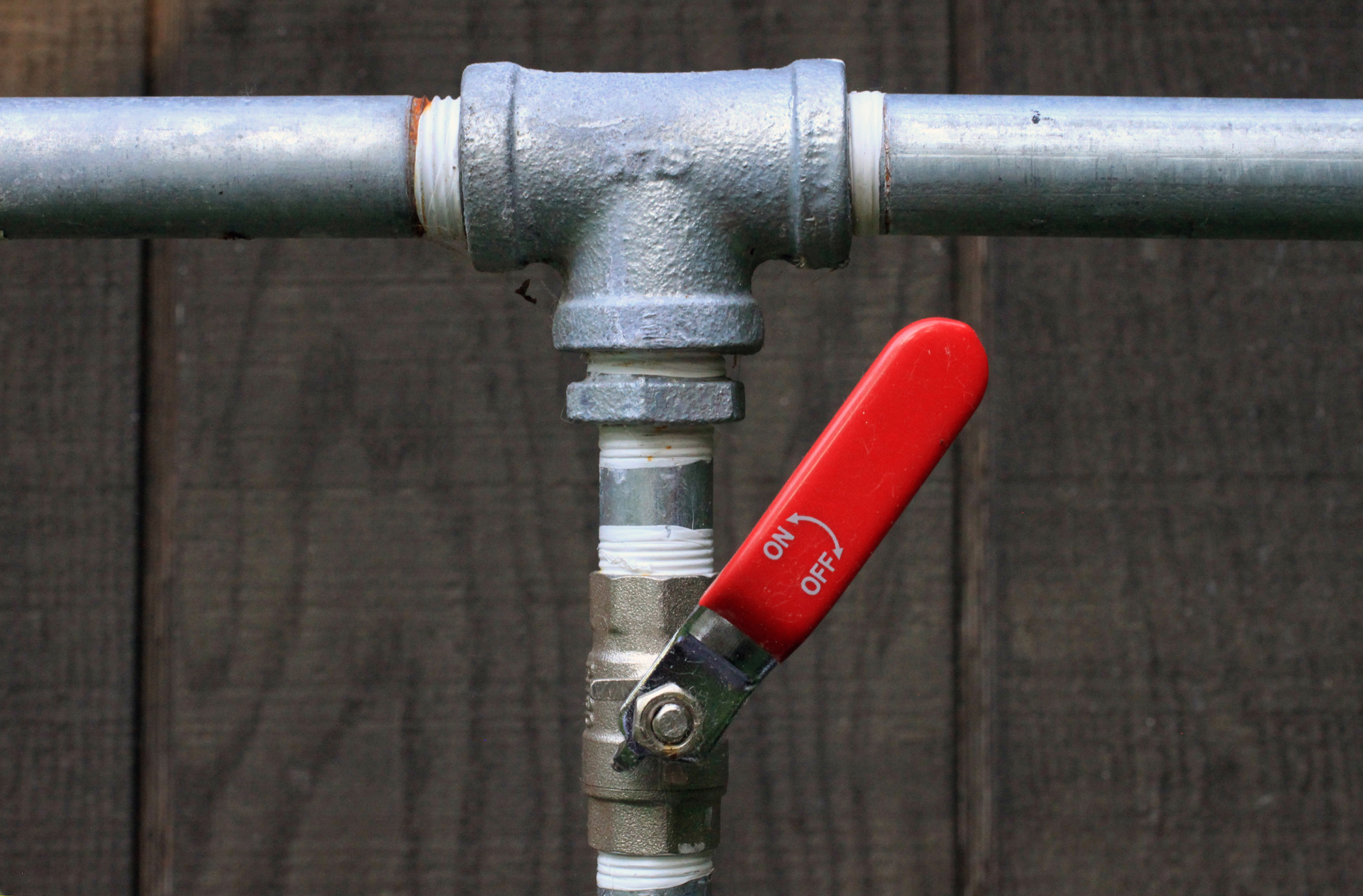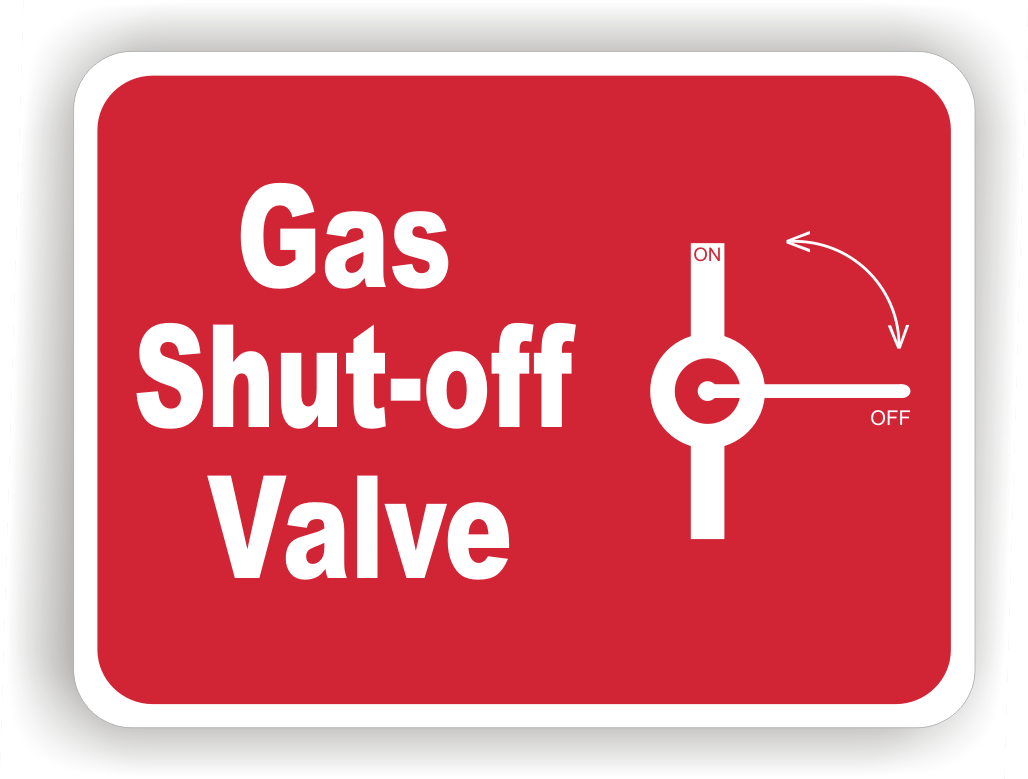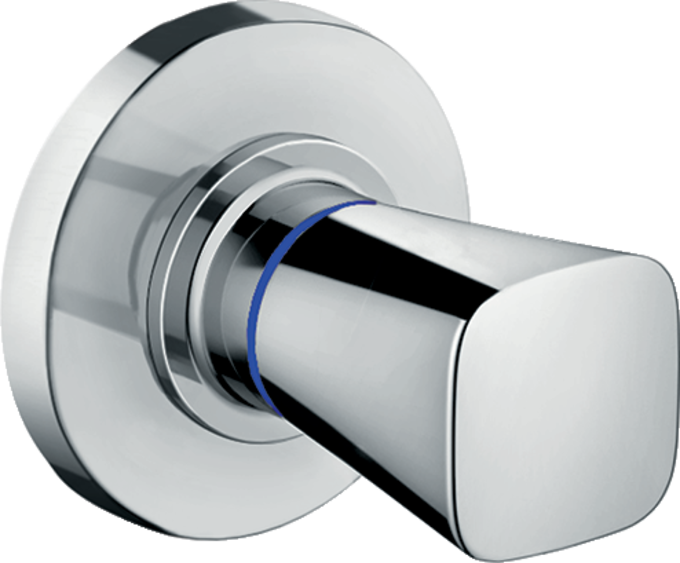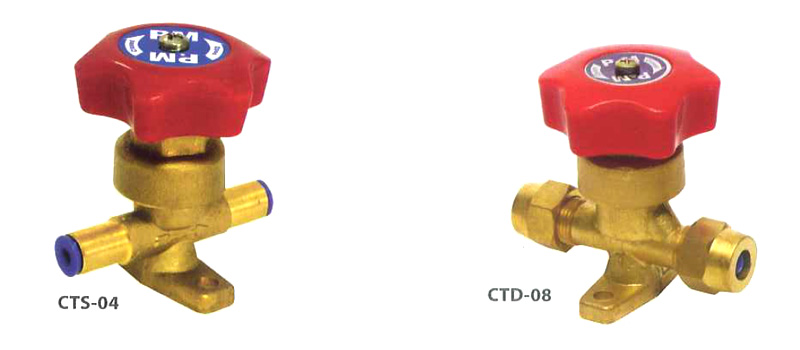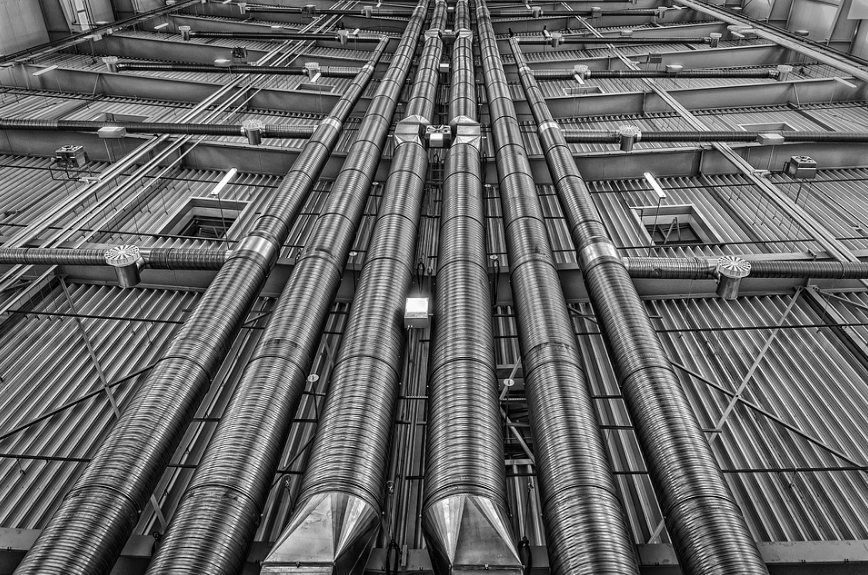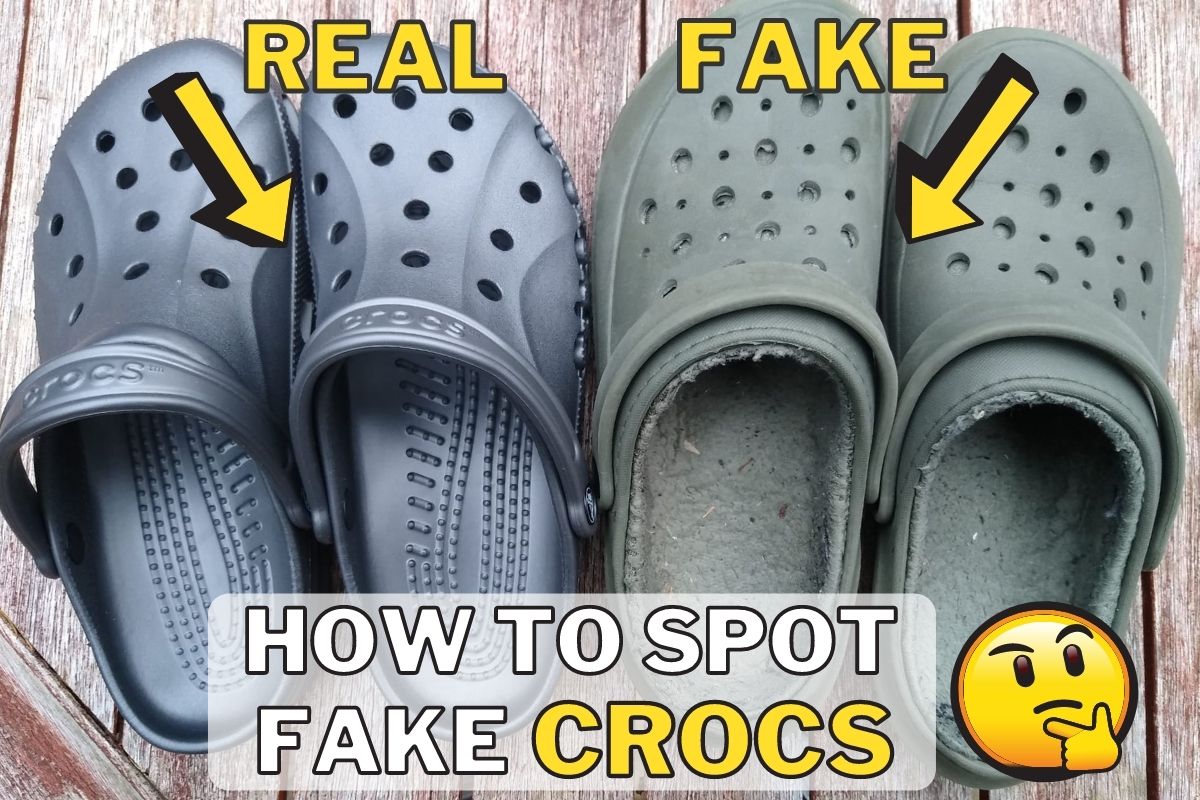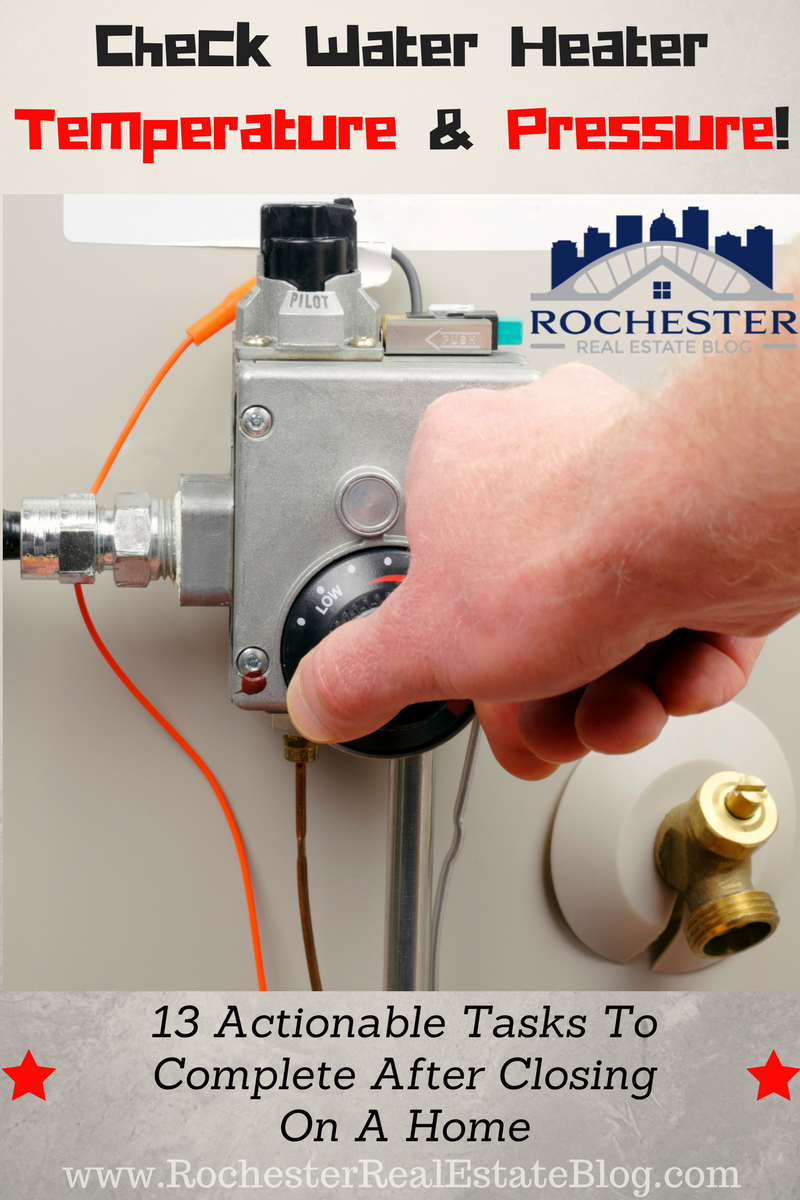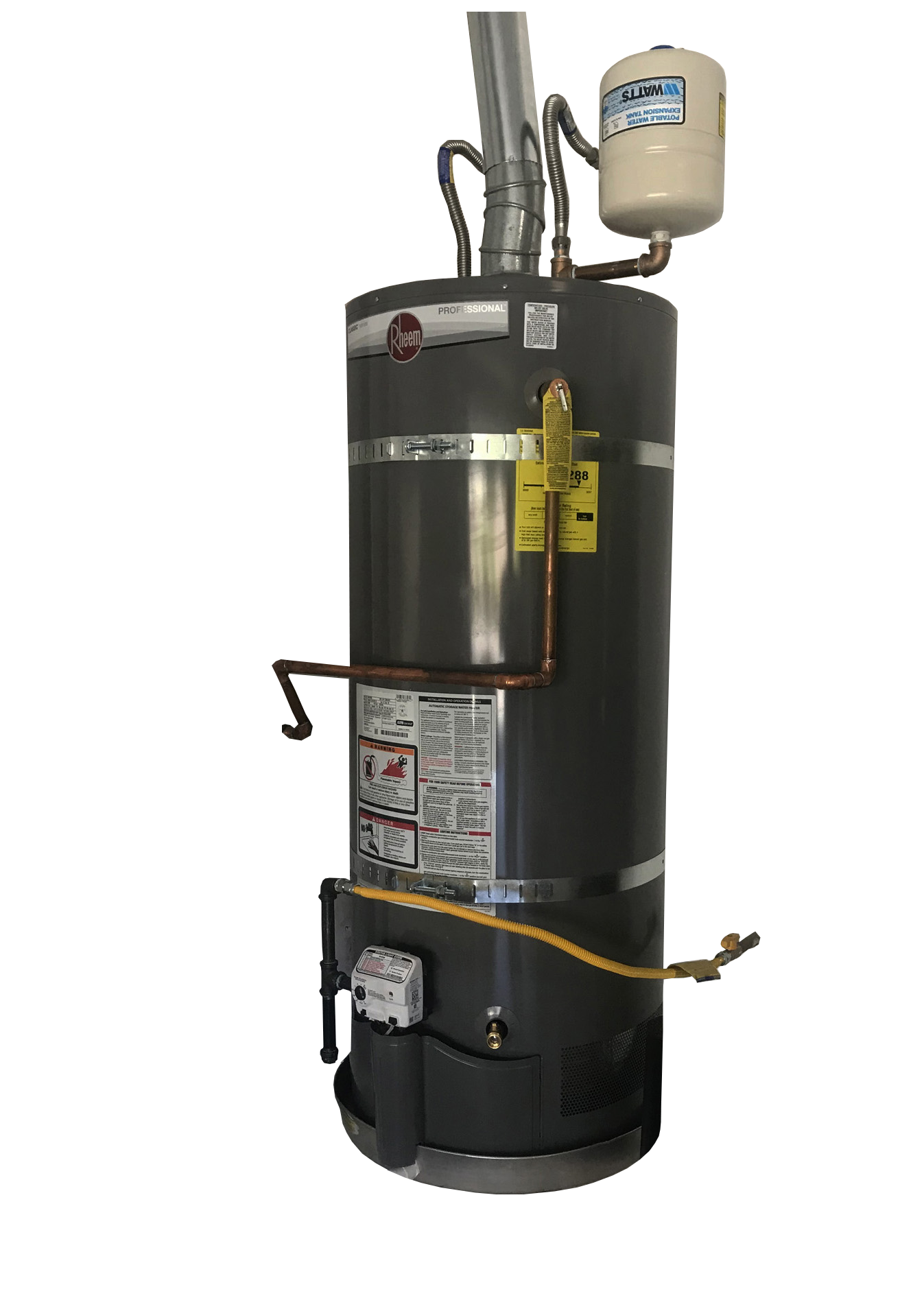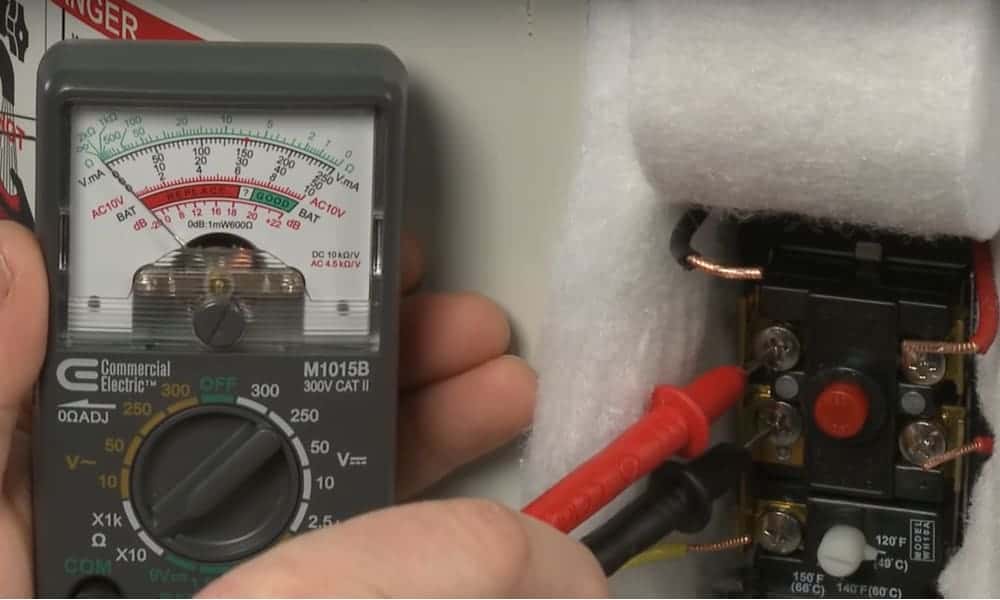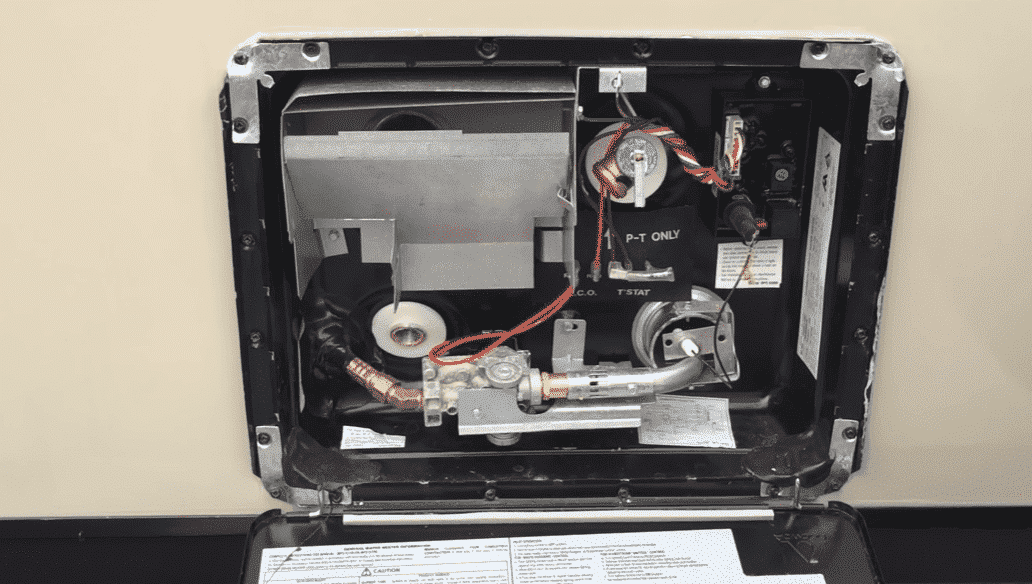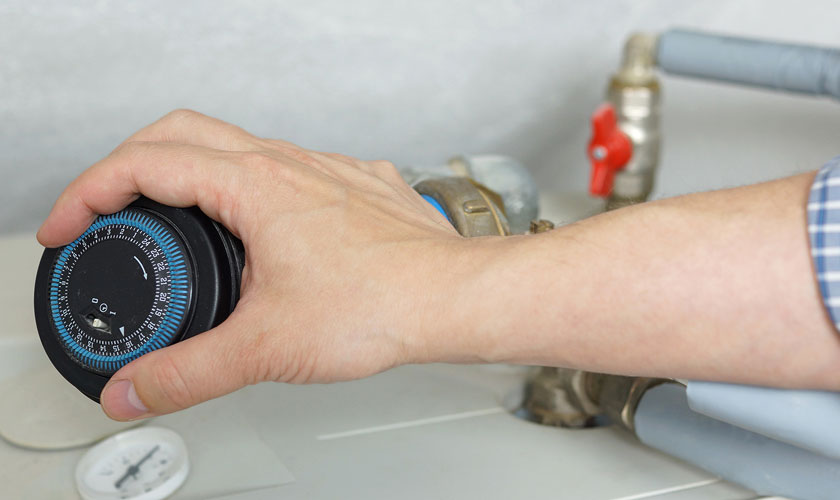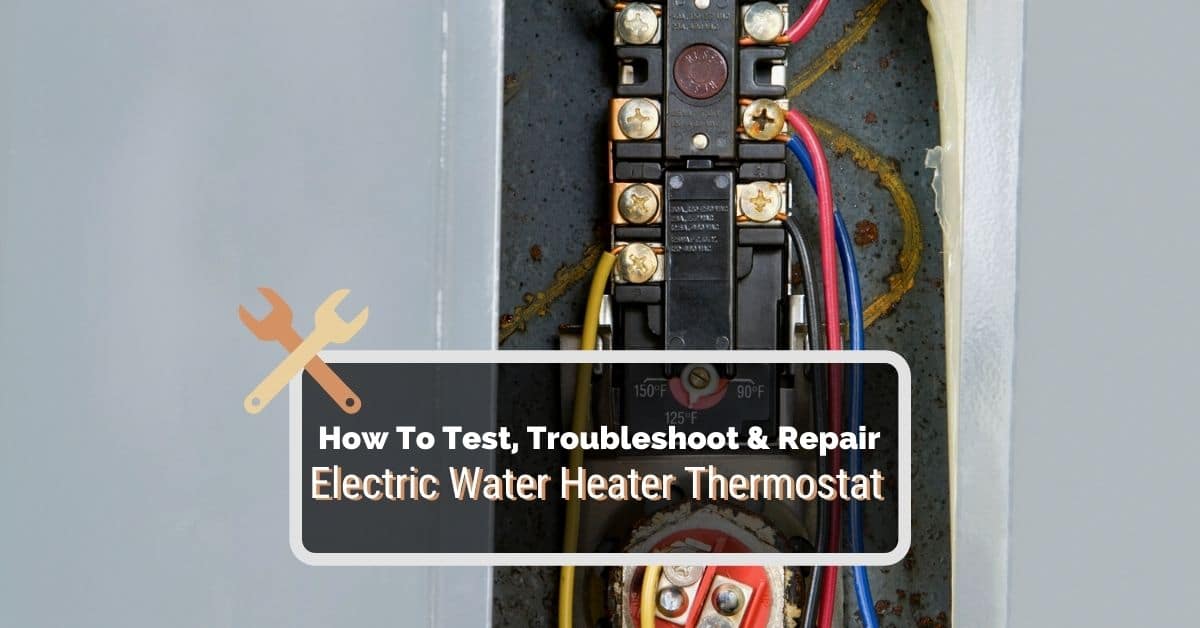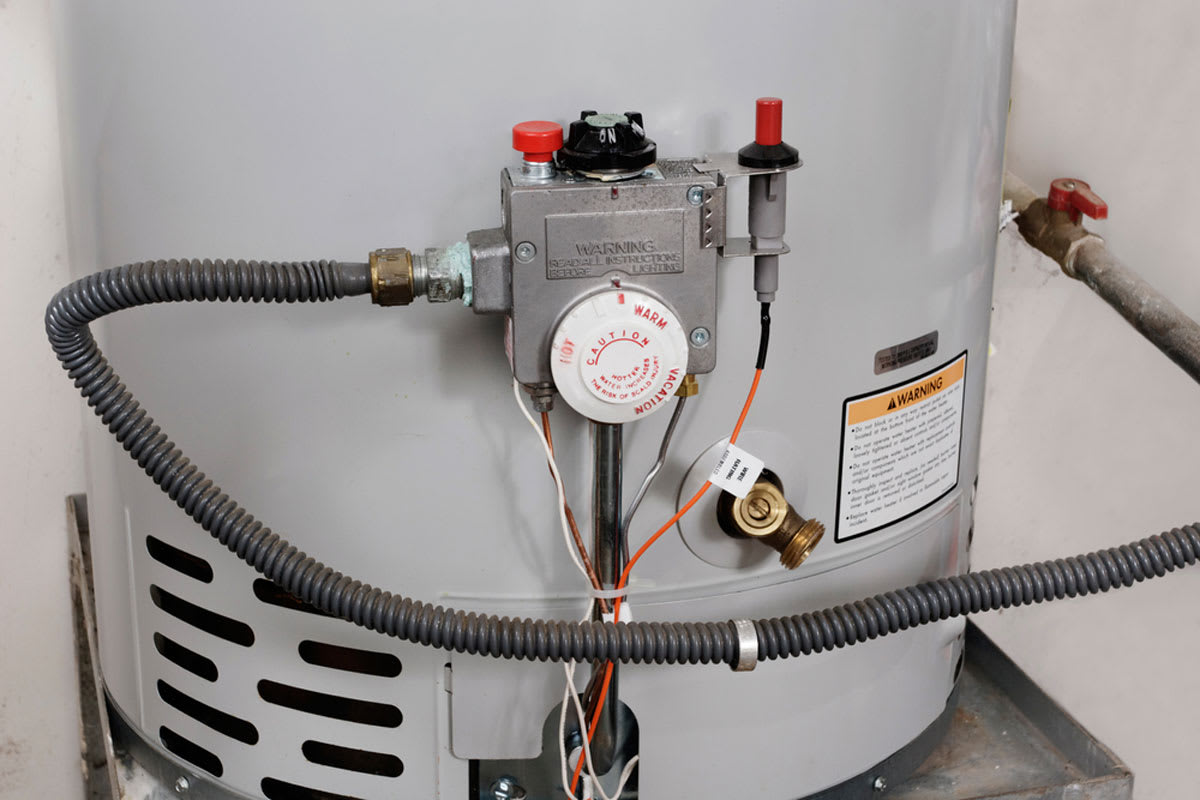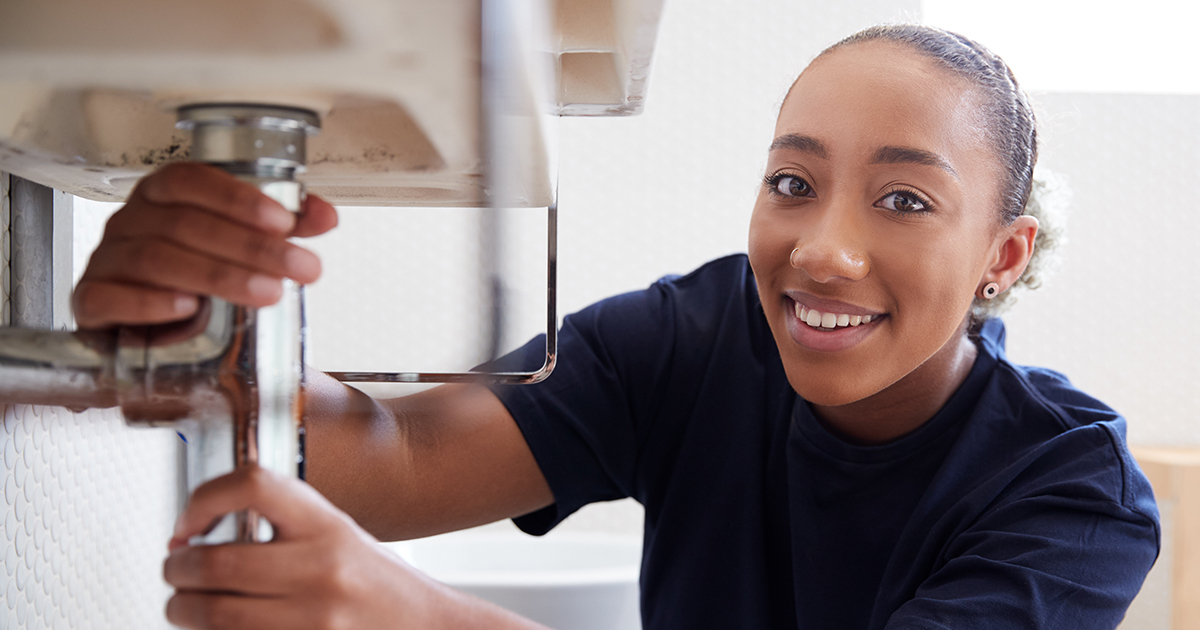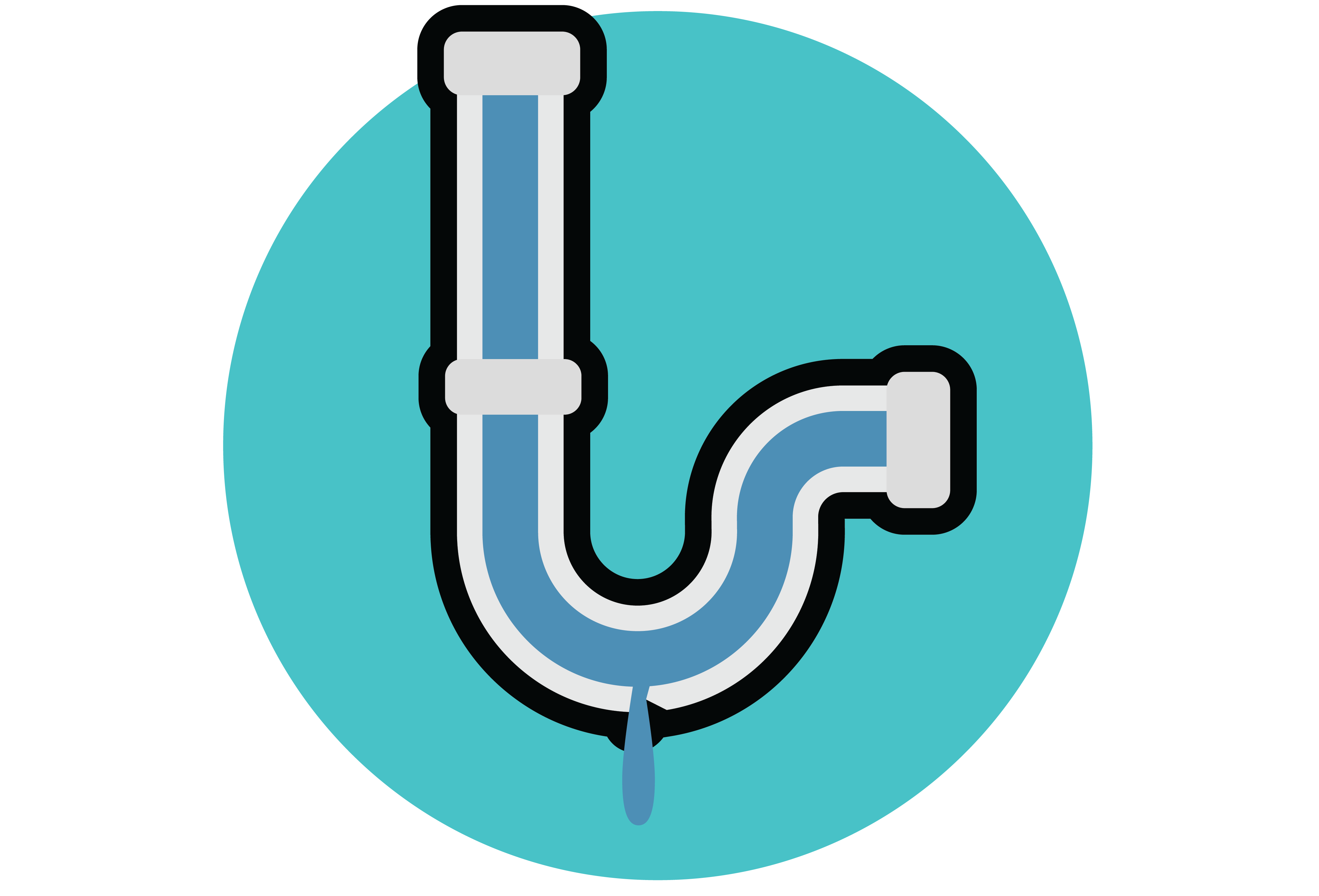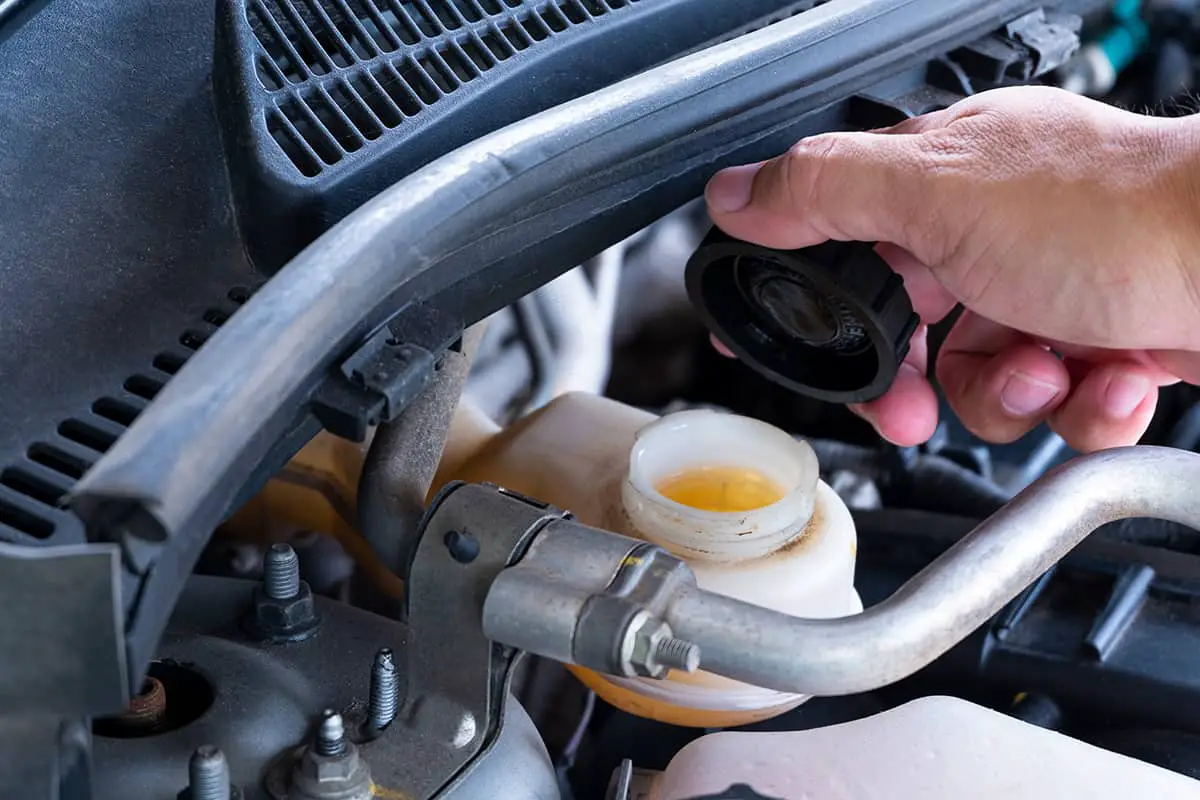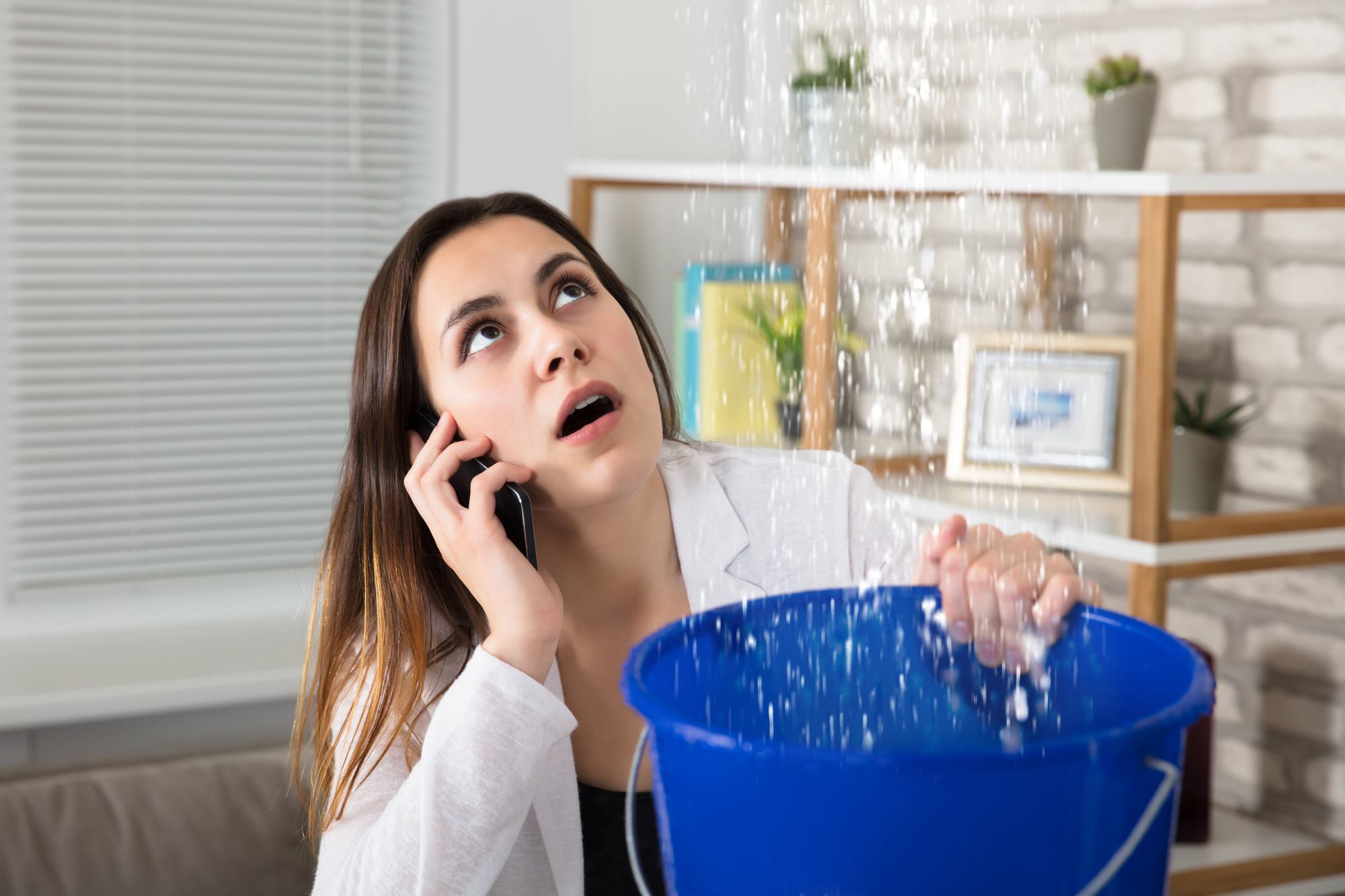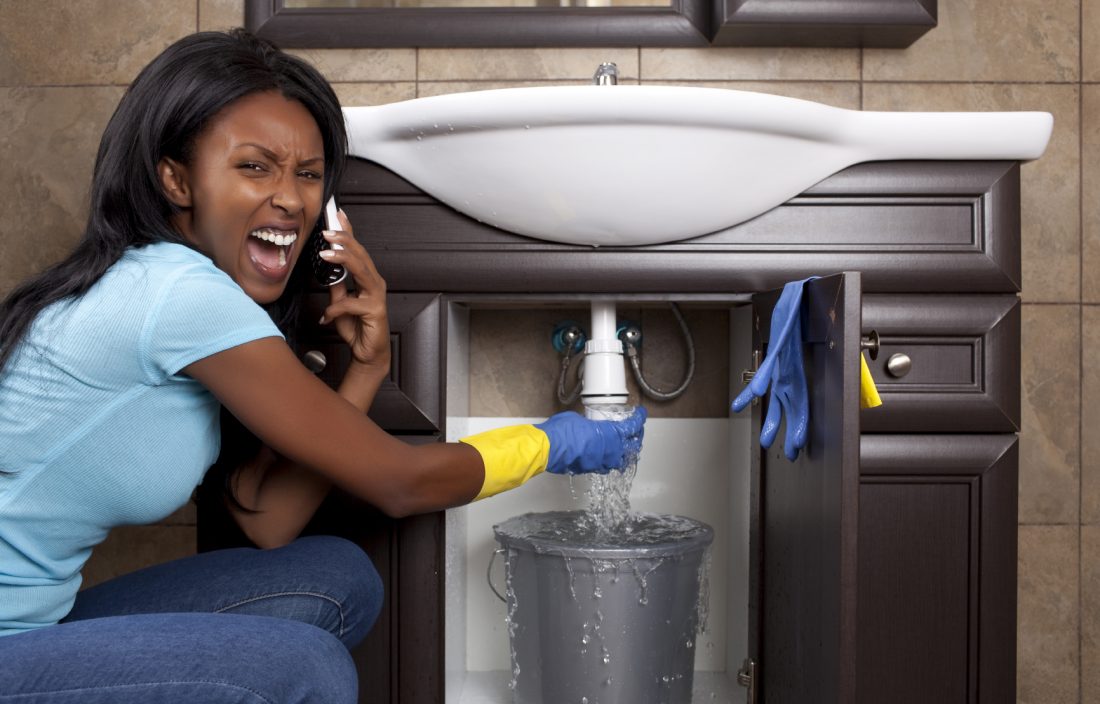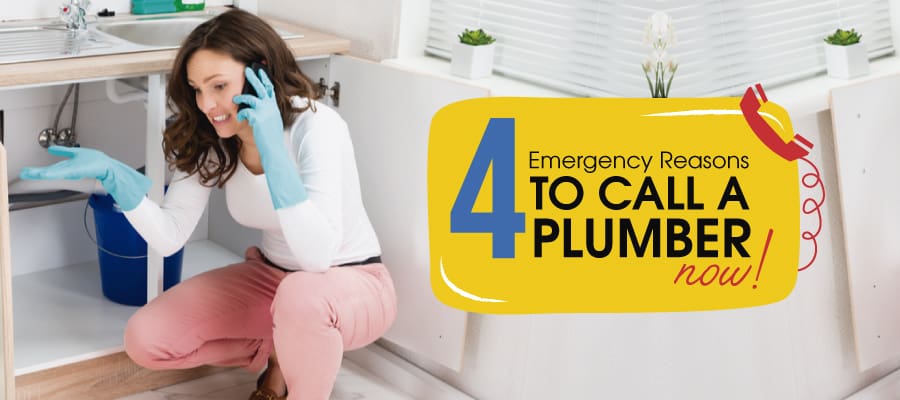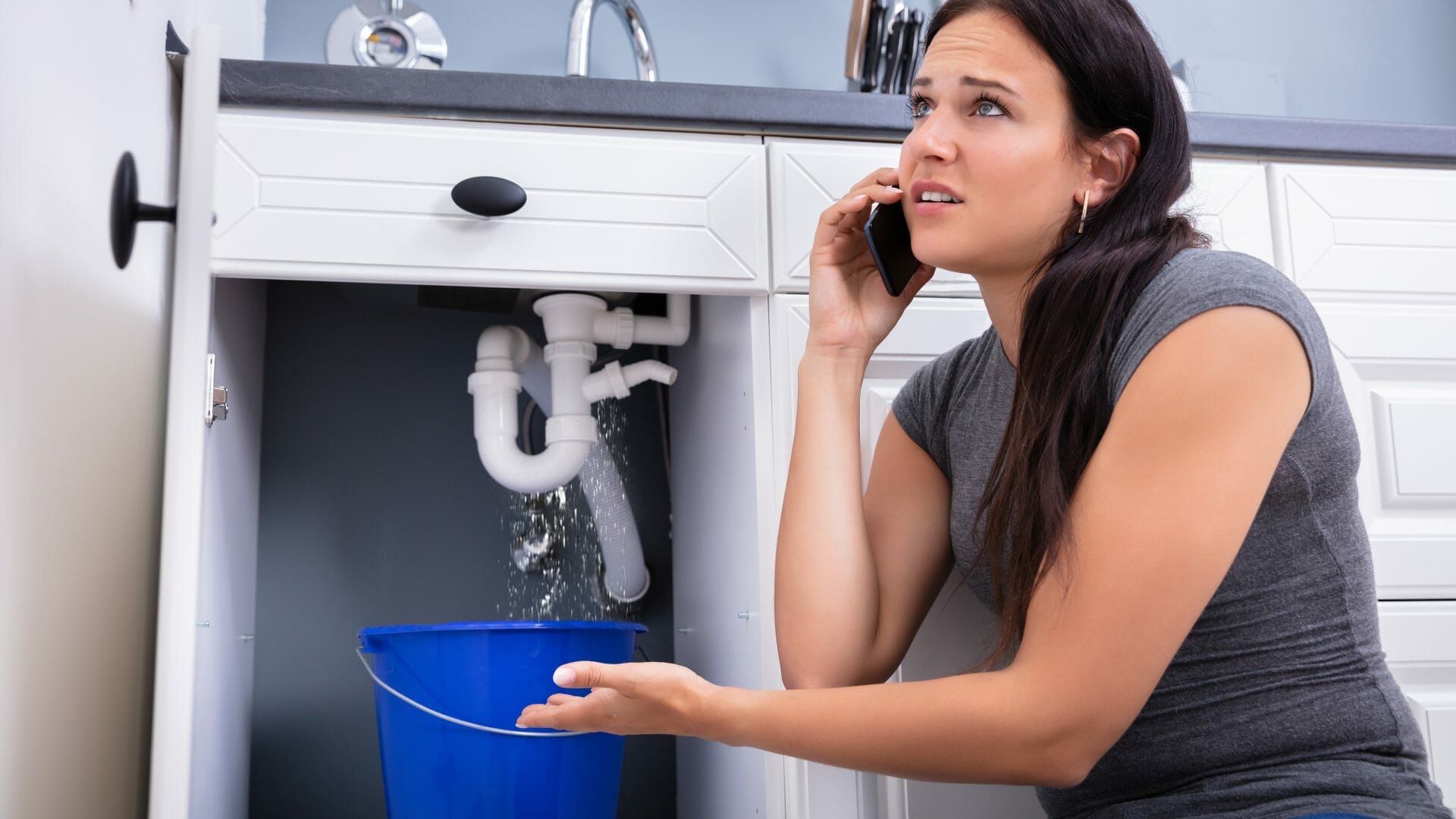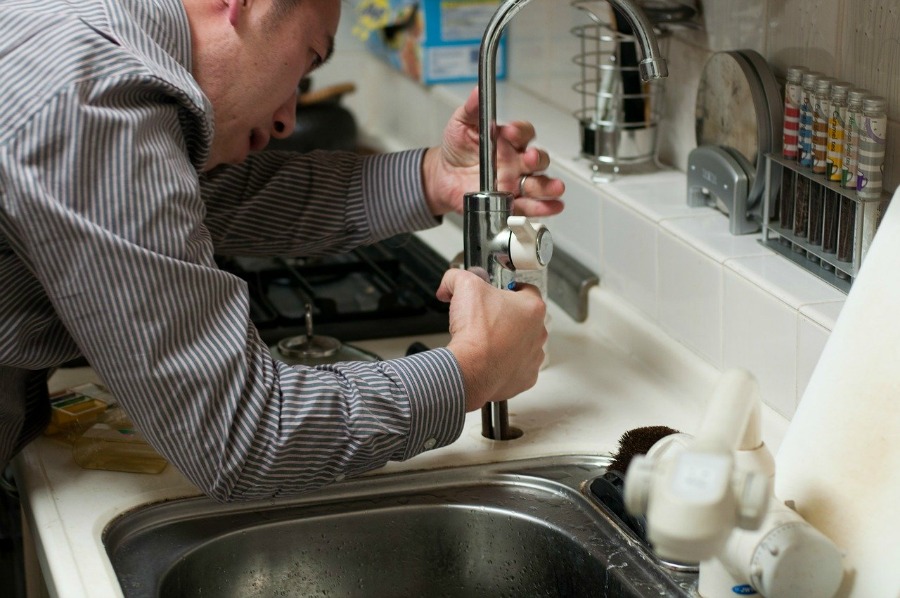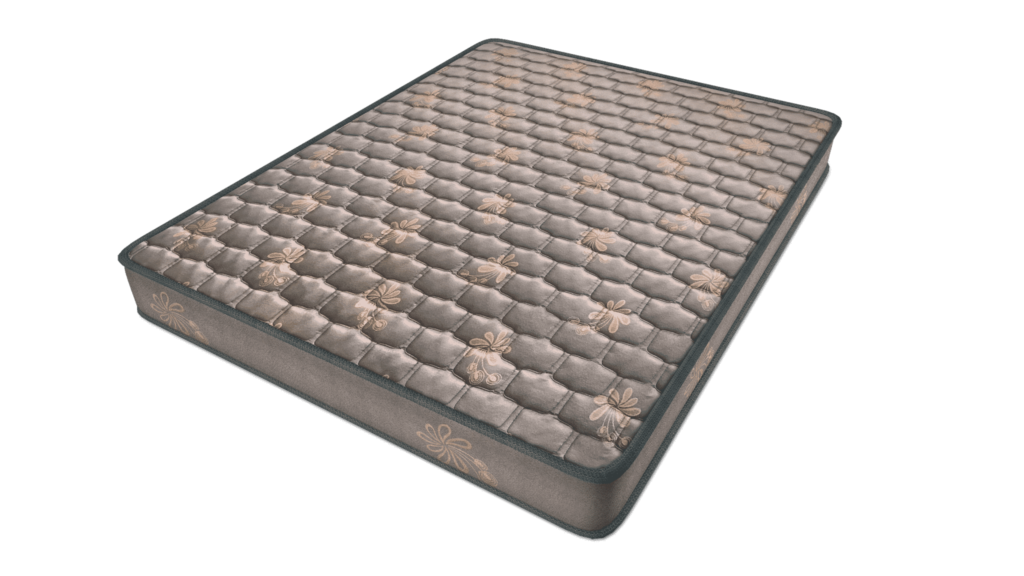If your kitchen sink suddenly has no water pressure, the first thing to check is the water supply. Make sure that your main water supply valve is fully open. If it is partially closed, this could be the reason for the low water pressure. You can also check with your water company to see if there are any known issues or maintenance work being done in your area that could be affecting your water pressure.Check the water supply
Another common cause of low water pressure in the kitchen sink is a faulty faucet. Check the faucet for any visible leaks or damage. If the faucet is old or worn out, it may need to be replaced. You can also try cleaning the aerator, which is the small screen at the end of the faucet that controls the water flow. Sometimes, debris or mineral buildup can clog the aerator and affect the water pressure.Check the faucet
If cleaning the aerator did not improve the water pressure, you may need to replace it. You can easily remove the aerator by unscrewing it from the faucet. Take it to a hardware store to find a replacement that fits your faucet. Be sure to turn off the water supply before removing the aerator to avoid any mess or accidents.Check the aerator
If the water supply and faucet seem to be working properly, the next step is to check the pipes. Inspect the pipes under the sink for any visible leaks or damage. If everything looks intact, you can try running water through the pipes to see if there is any blockage. If the water flows slowly or not at all, there may be a clog that needs to be removed.Check the pipes
Some homes have a water pressure regulator installed to control the water pressure throughout the house. If this regulator is faulty or needs to be adjusted, it can affect the water pressure in your kitchen sink. You may need to call a professional plumber to check and fix the water pressure regulator for you.Check the water pressure regulator
The shut-off valve is usually located under the sink and controls the water supply to the faucet. If this valve is partially closed or not fully open, it can affect the water pressure in your kitchen sink. Make sure the valve is fully open to allow maximum water flow.Check the shut-off valve
If you have checked all the previous steps and still have no luck, there may be a clog in your pipes or the main water line. You can try using a plunger or a plumbing snake to remove the clog. If the clog is deep in the pipes, you may need to call a professional plumber to clear it out.Check for clogs
If your kitchen sink has no water pressure and your hot water supply is also affected, the problem may lie with your water heater. Check the temperature setting on your water heater and make sure it is functioning properly. If you notice any leaks or unusual noises coming from the water heater, it may need to be repaired or replaced.Check the water heater
Even if you do not notice any visible leaks, there could still be a hidden leak somewhere in your plumbing system. A leak can cause low water pressure and also lead to water damage in your home. Check for any damp spots or water stains around your kitchen sink and pipes. If you suspect a leak, it is best to call a plumber to locate and fix it.Check for leaks
If you have tried all of the above steps and still have no water pressure in your kitchen sink, it may be time to call a professional plumber. They will have the necessary tools and expertise to diagnose and fix the issue for you. It is always best to address plumbing problems as soon as possible to avoid any further damage or inconvenience.Call a plumber
How To Fix Low Water Pressure in Your Kitchen Sink

The Importance of Water Pressure in Your Kitchen Sink
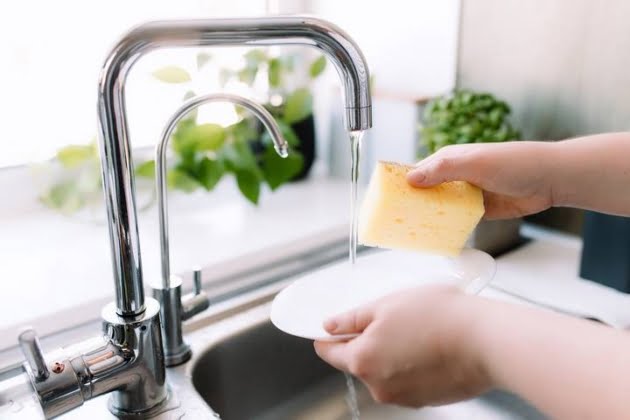 Having low water pressure in your kitchen sink can be frustrating and inconvenient. It can make washing dishes and preparing meals a difficult and time-consuming task.
Water pressure
is the force that pushes the water through the pipes and out of your faucet. Without proper water pressure, you may experience weak or inconsistent water flow, making it difficult to complete daily tasks in the kitchen. Low water pressure can also be a sign of a larger plumbing issue, so it's important to address it promptly.
Having low water pressure in your kitchen sink can be frustrating and inconvenient. It can make washing dishes and preparing meals a difficult and time-consuming task.
Water pressure
is the force that pushes the water through the pipes and out of your faucet. Without proper water pressure, you may experience weak or inconsistent water flow, making it difficult to complete daily tasks in the kitchen. Low water pressure can also be a sign of a larger plumbing issue, so it's important to address it promptly.
Common Causes of Low Water Pressure
 There are several reasons why your kitchen sink may have low water pressure. One of the most common causes is a clogged aerator. The aerator is the small screen on the end of your faucet that controls the flow of water. Over time, it can become clogged with mineral deposits and debris, restricting the flow of water. Another common cause is a clogged or damaged pipe. If there is a blockage or leak in the pipes leading to your kitchen sink, it can result in low water pressure. Finally, old and corroded plumbing fixtures can also contribute to low water pressure.
There are several reasons why your kitchen sink may have low water pressure. One of the most common causes is a clogged aerator. The aerator is the small screen on the end of your faucet that controls the flow of water. Over time, it can become clogged with mineral deposits and debris, restricting the flow of water. Another common cause is a clogged or damaged pipe. If there is a blockage or leak in the pipes leading to your kitchen sink, it can result in low water pressure. Finally, old and corroded plumbing fixtures can also contribute to low water pressure.
Steps to Fix Low Water Pressure
 The first step in fixing low water pressure in your kitchen sink is to check the aerator. Simply unscrew the aerator from the end of the faucet and clean it using a toothbrush and vinegar. This will help remove any mineral deposits and debris that may be causing the clog. If cleaning the aerator does not improve the water pressure, the next step is to check for any leaks or damage in the pipes. If there is a leak, it will need to be repaired by a professional plumber. Finally, if the plumbing fixtures are old and corroded, it may be time to replace them with new, high-pressure fixtures.
The first step in fixing low water pressure in your kitchen sink is to check the aerator. Simply unscrew the aerator from the end of the faucet and clean it using a toothbrush and vinegar. This will help remove any mineral deposits and debris that may be causing the clog. If cleaning the aerator does not improve the water pressure, the next step is to check for any leaks or damage in the pipes. If there is a leak, it will need to be repaired by a professional plumber. Finally, if the plumbing fixtures are old and corroded, it may be time to replace them with new, high-pressure fixtures.
Preventing Low Water Pressure
 To prevent low water pressure in your kitchen sink, it's important to regularly clean and maintain your plumbing fixtures. This includes regularly cleaning the aerator and checking for any leaks or damage in the pipes. It's also helpful to use a water softener if you have hard water, as this can help prevent mineral buildup in your pipes and fixtures. Additionally, investing in high-quality plumbing fixtures can help prevent low water pressure in the future.
In conclusion, low water pressure in your kitchen sink can be a frustrating and inconvenient problem. However, by following these steps and regularly maintaining your plumbing fixtures, you can easily fix and prevent low water pressure. If the issue persists, it's best to consult a professional plumber to ensure there are no underlying plumbing problems. Don't let low water pressure disrupt your daily routines in the kitchen, take action and enjoy a fully functioning faucet.
To prevent low water pressure in your kitchen sink, it's important to regularly clean and maintain your plumbing fixtures. This includes regularly cleaning the aerator and checking for any leaks or damage in the pipes. It's also helpful to use a water softener if you have hard water, as this can help prevent mineral buildup in your pipes and fixtures. Additionally, investing in high-quality plumbing fixtures can help prevent low water pressure in the future.
In conclusion, low water pressure in your kitchen sink can be a frustrating and inconvenient problem. However, by following these steps and regularly maintaining your plumbing fixtures, you can easily fix and prevent low water pressure. If the issue persists, it's best to consult a professional plumber to ensure there are no underlying plumbing problems. Don't let low water pressure disrupt your daily routines in the kitchen, take action and enjoy a fully functioning faucet.
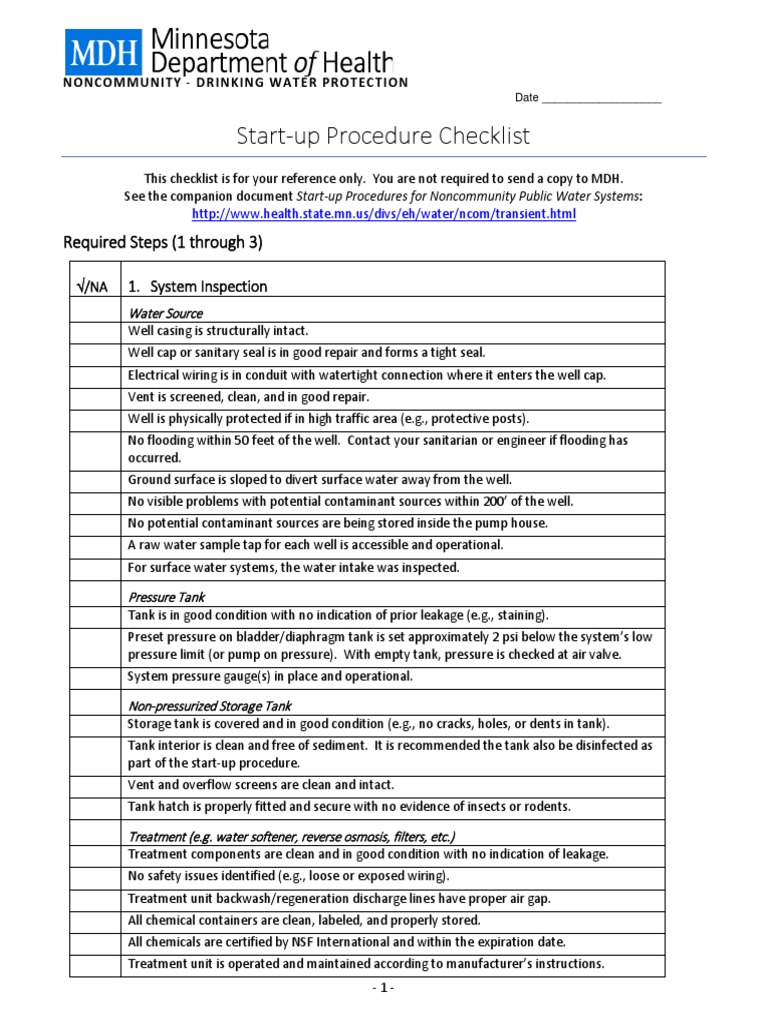

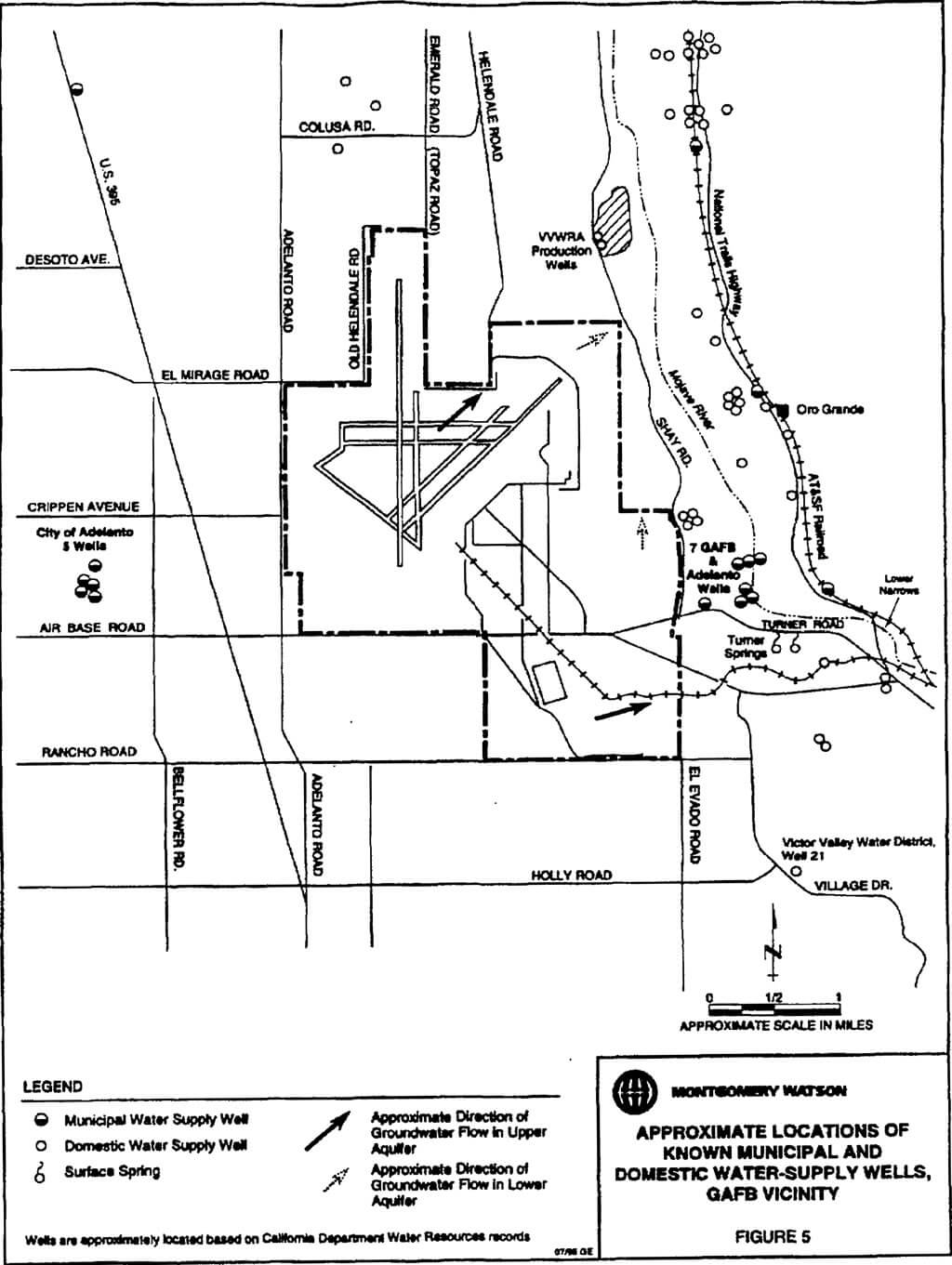
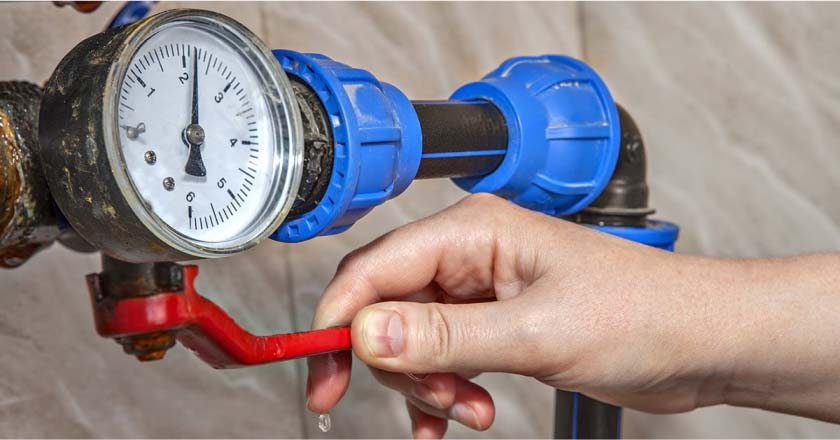
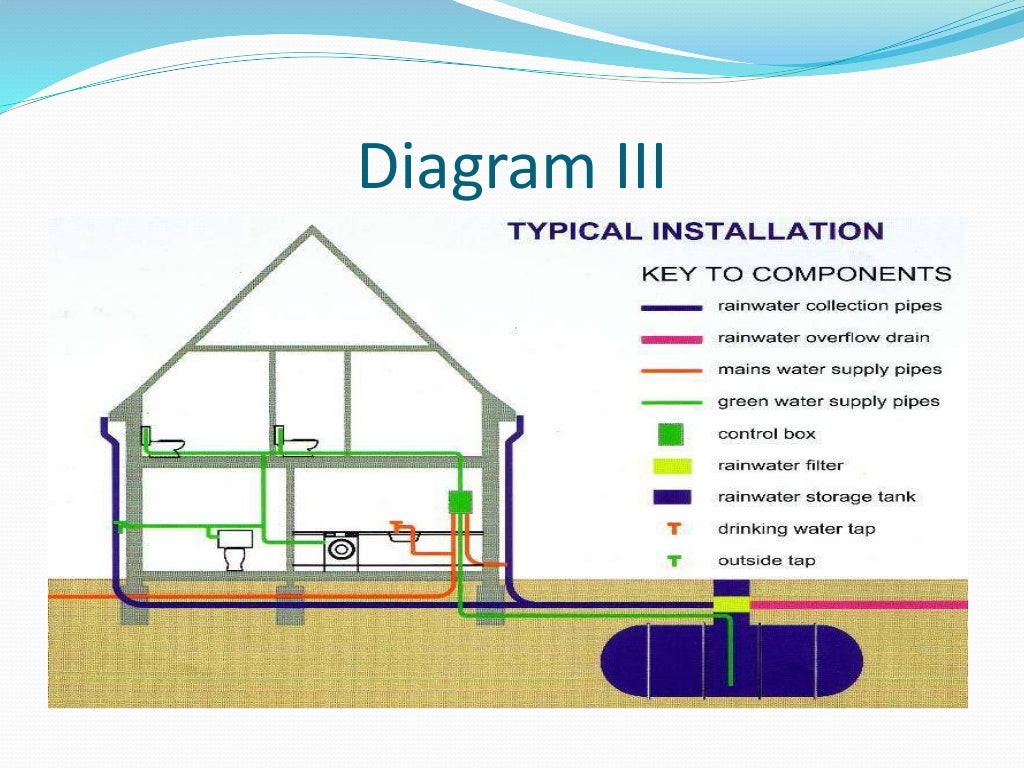


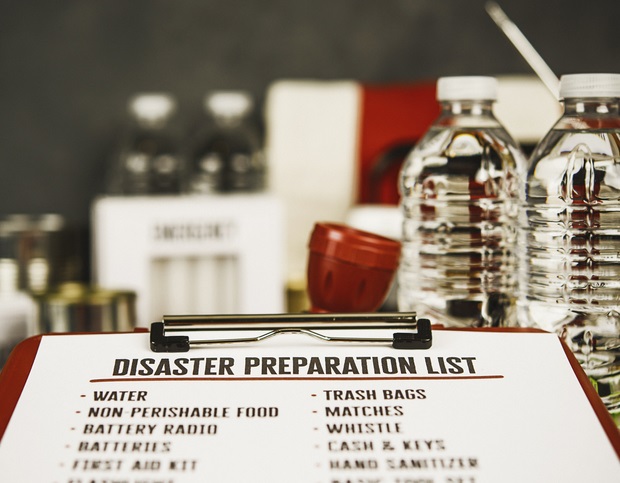






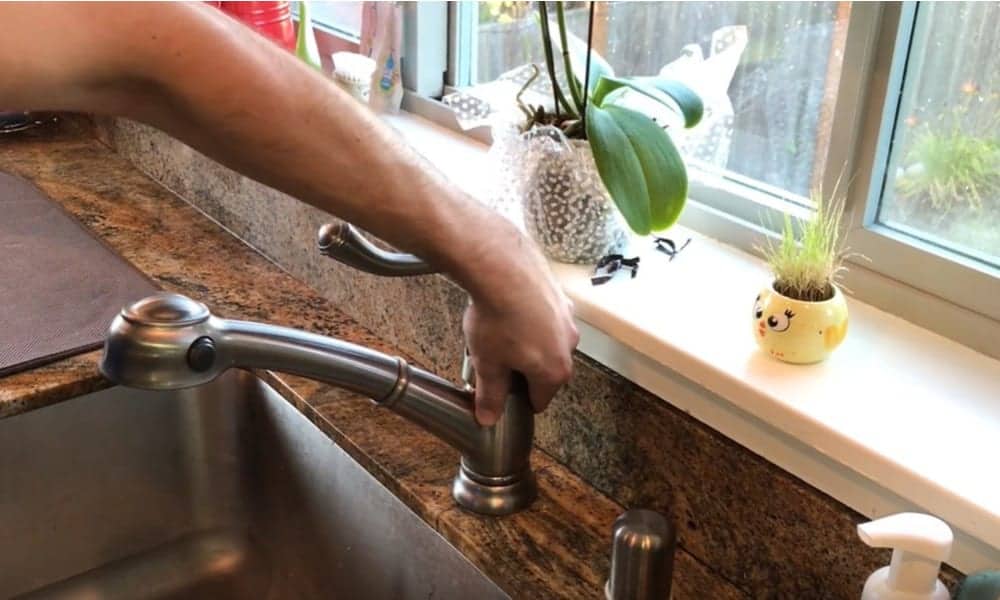



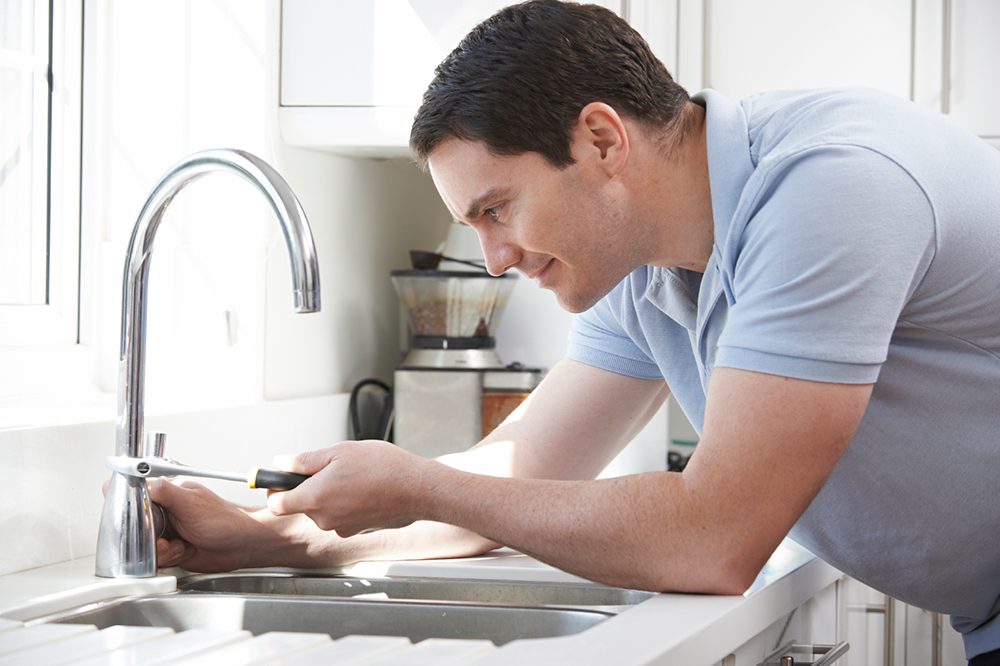
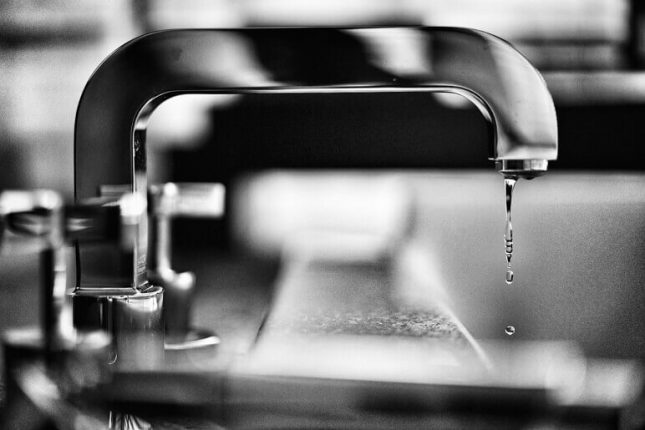


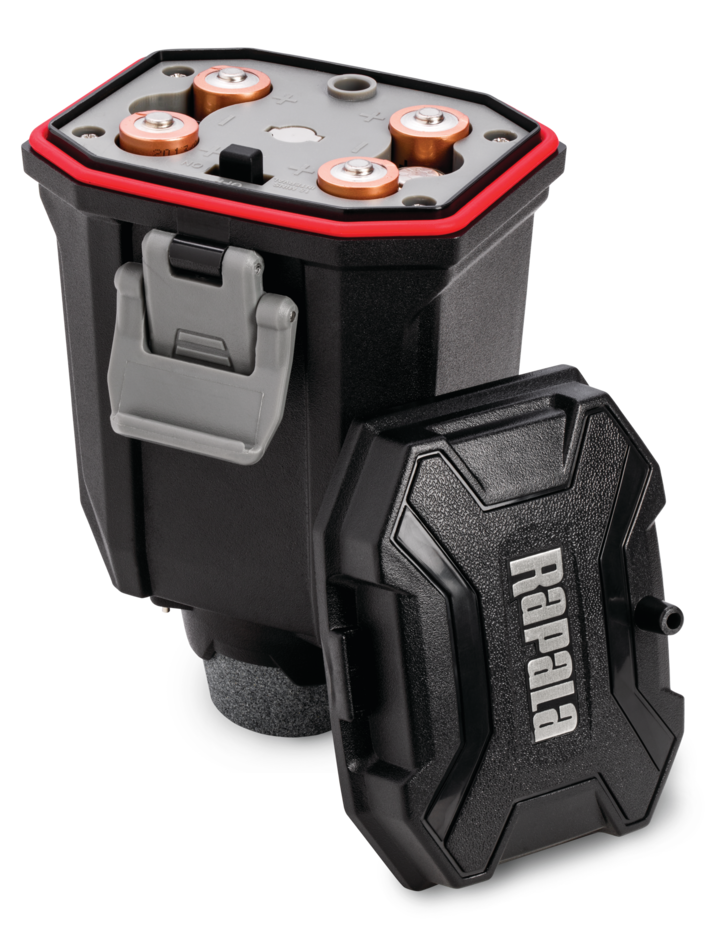













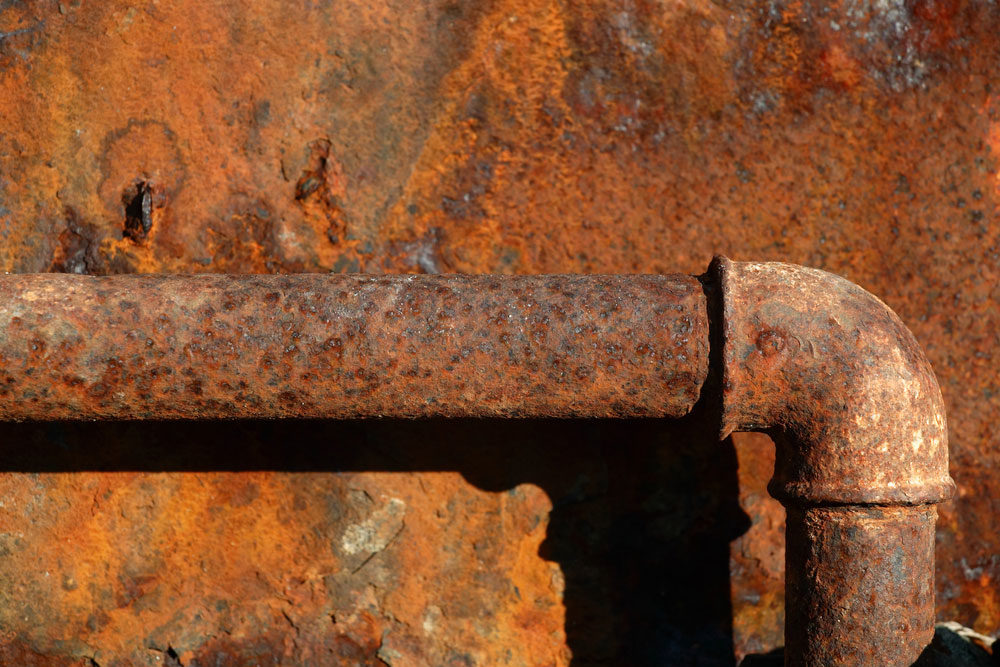



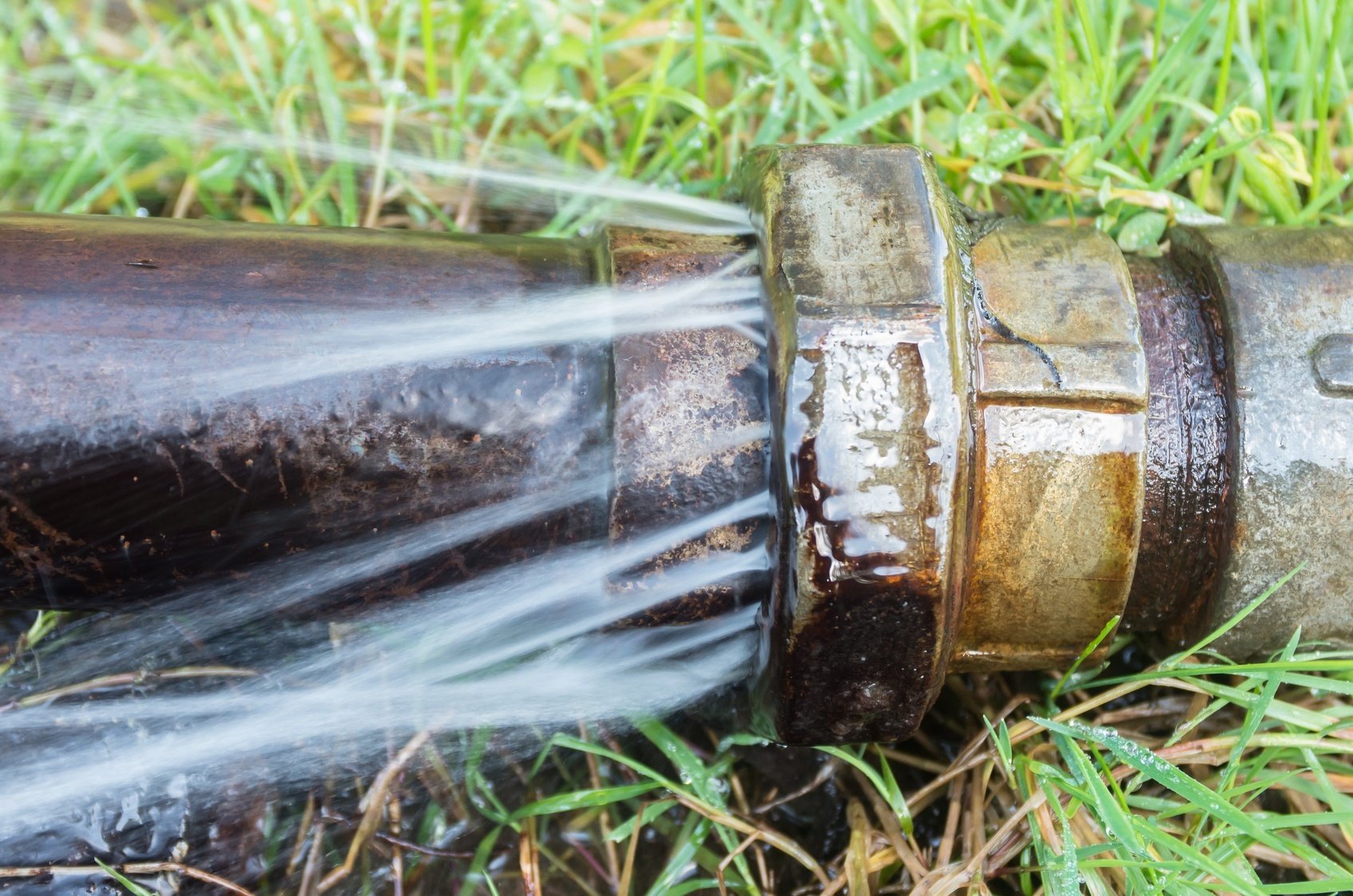




:max_bytes(150000):strip_icc()/the-men-s-hand-opens-the-ball-valve-on-the-collector-1006810456-5c5fc73fc9e77c000159c4af.jpg)








